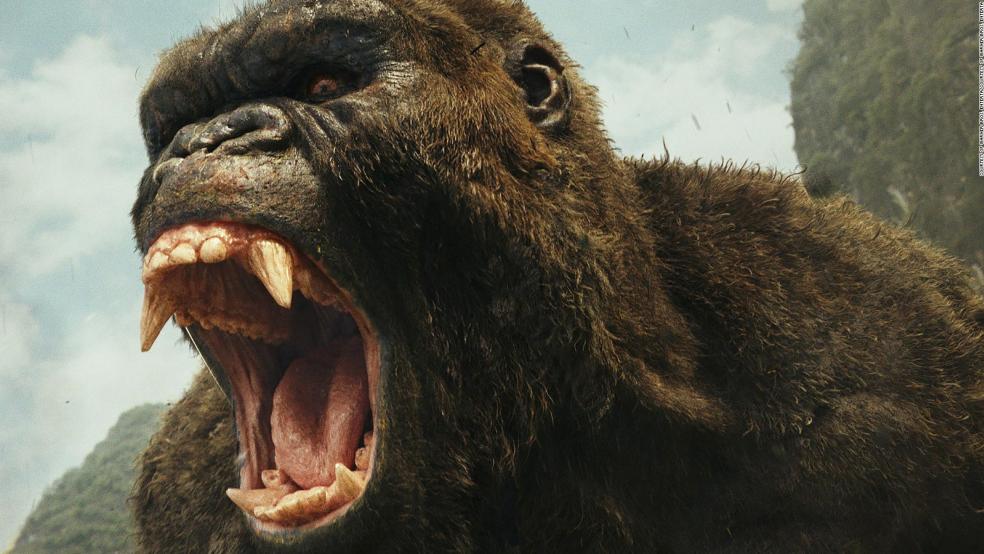Kong: Skull Island, the latest update to the King Kong legend, came out of its opening weekend with a roar. Despite competition from the wildly popular and well-reviewed Logan, the monkey-movie defied expectations to score over $61 million in domestic box office (it was predicted at $45-$50), with international returns pushing it to $143 million.
But Warner Bros can’t get too excited just yet. CGI gorillas don’t come cheap, and neither do top rated casts. The production budget for the film is reported to be $185 million, and that doesn’t even touch the marketing budget. WB paid handsomely for their success – Variety reported the film would need to haul in $500 million worldwide just to cover costs.
The ballooning cost of blockbusters has been a talking point since James Cameron’s Titanic, but when a budget requires a return of half a billion dollars just to go into the black, then the bar has been moved. A movie can’t just be a success any more; it must be a massive success. King Kong sized.
Related: A Record Year for Hollywood: The Biggest Money Makers and Losers
With the motion picture industry already suffering from a bloat that has basically drowned out small and midsize films, this puts even greater expectations on a product that audiences are growing increasingly ambivalent about.
Kong faces another challenge in maintaining its momentum -- a monster of a different sort opens next weekend with the live action version of Beauty and the Beast expected to knock Kong firmly off his perch. The irony of that is spectacular. The famous last line of the original 1931 Kong is, “It was Beauty killed the Beast.”
It’s not all doom and gloom for WB, though. The successful launch of Logan, Kong, and presumably Beauty has proven that March can be every bit the blockbuster month that July is. And April shows no sign of slowing down.
Beyond that, Warner, like most of the big studios, wants its own version of what Disney has built with the Marvel Universe (and is attempting with Star Wars). The new goal for Hollywood studios is the shared world idea, which scales financially and is less about individual movies and more like episodic television writ large, distributed over the years. While not explicitly marketed as such, Kong is technically a sequel (prequel? Given its Vietnam War setting?) to 2014’s Godzilla. The inevitable matchup between the giant monsters is at this point a foregone conclusion.
Related: Why ‘Rogue One’ Is the Real Test for Star Wars and Disney
The temptation to create this shared world is somewhat obvious as the Toho studios films of the 50s and 60s produced any number of variations of the classic monster fights, and the parallel to comics isn’t that farfetched. It is questionable though that the Japanese monster movies of half a century ago have maintained and grown a fan base as effectively as Marvel and DC. However, if WB can successfully launch the franchise while still taking a small loss on Kong itself, that might still be a victory.
When the original film launched in 1931, there was already hand wringing about what spectacle based film making would do to the industry and “to the minds of impressionable children.” It was feared that Kong would be the end of cinema. It would be funny if they were right, though things aren’t quite that grim.
What is unquestionably true, though, is that the motion picture industry has fundamentally changed. As audience expectations have increased, so have studio expectations, and so has the competition. And with Disney so far ahead of the pack, WB and Mighty Kong have some climbing to do.




